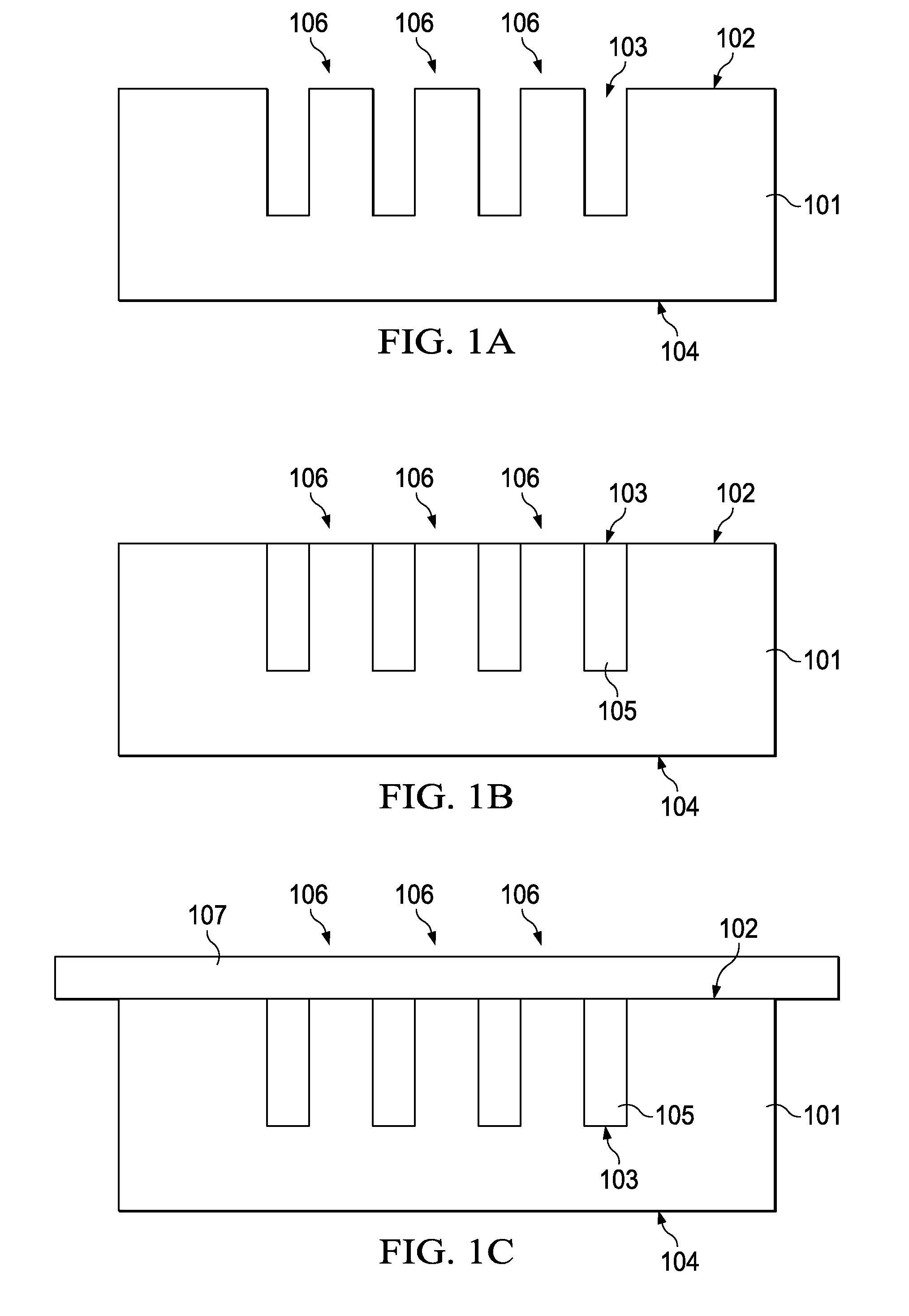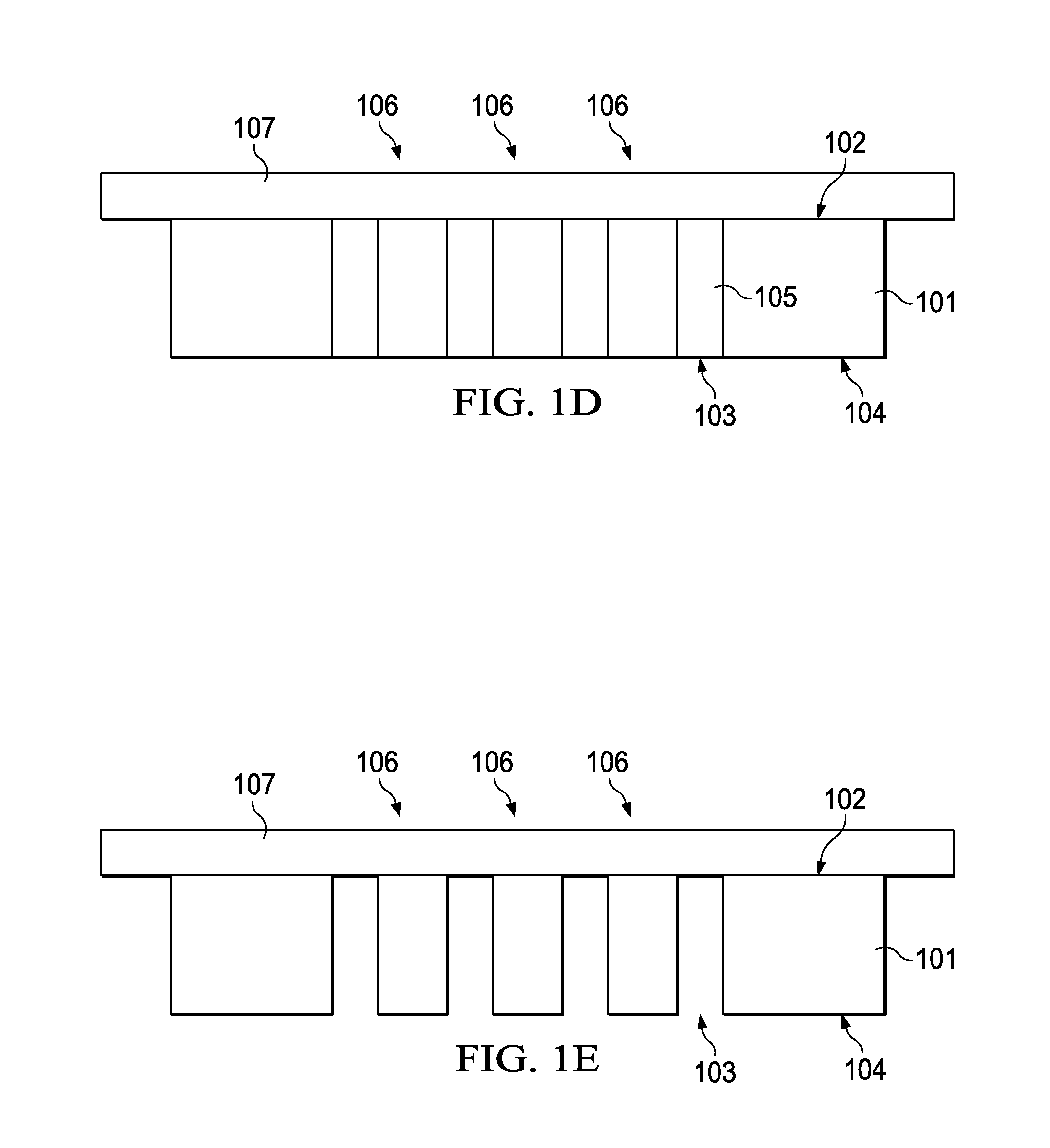Particle Free Wafer Separation
a technology of wafers and wafers, applied in the direction of semiconductor/solid-state device manufacturing, basic electric elements, electric apparatus, etc., can solve the problems of particle generation, nano-scrubbing does not solve particle generation, bonding failure, etc., to reduce particle contamination, reduce yield, and reduce the effect of wafer bonding defects
- Summary
- Abstract
- Description
- Claims
- Application Information
AI Technical Summary
Benefits of technology
Problems solved by technology
Method used
Image
Examples
Embodiment Construction
[0017]The making and using of the presently preferred embodiments are discussed in detail below. It should be appreciated, however, that the present invention provides many applicable inventive concepts that can be embodied in a wide variety of specific contexts. The specific embodiments discussed are merely illustrative of specific ways to make and use the invention, and do not limit the scope of the invention.
[0018]The present invention will be described with respect to preferred embodiments in a specific context, namely singulating a semiconductor die from a semiconductor wafer. The invention may also be applied, however, to other wafer separation processes.
[0019]With reference now to FIG. 1A, there is shown a semiconductor wafer 101. The wafer 101 generally comprises a plurality of individual dies referred to generally by reference numeral 106, wherein each die 106 includes a substrate having electronic devices formed thereon as is known in the art. The substrate is typically co...
PUM
 Login to View More
Login to View More Abstract
Description
Claims
Application Information
 Login to View More
Login to View More - R&D
- Intellectual Property
- Life Sciences
- Materials
- Tech Scout
- Unparalleled Data Quality
- Higher Quality Content
- 60% Fewer Hallucinations
Browse by: Latest US Patents, China's latest patents, Technical Efficacy Thesaurus, Application Domain, Technology Topic, Popular Technical Reports.
© 2025 PatSnap. All rights reserved.Legal|Privacy policy|Modern Slavery Act Transparency Statement|Sitemap|About US| Contact US: help@patsnap.com



